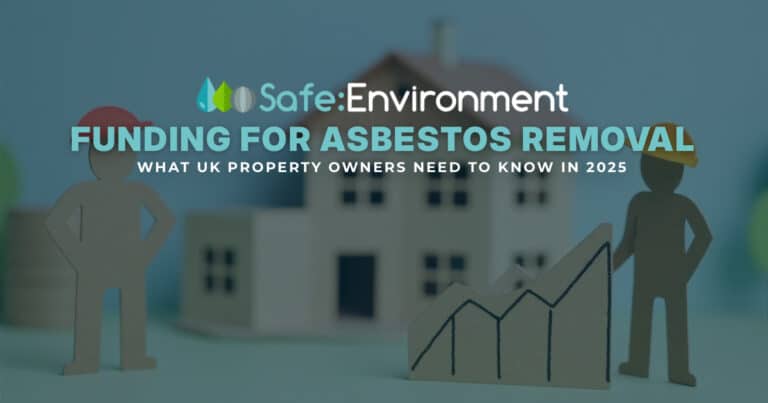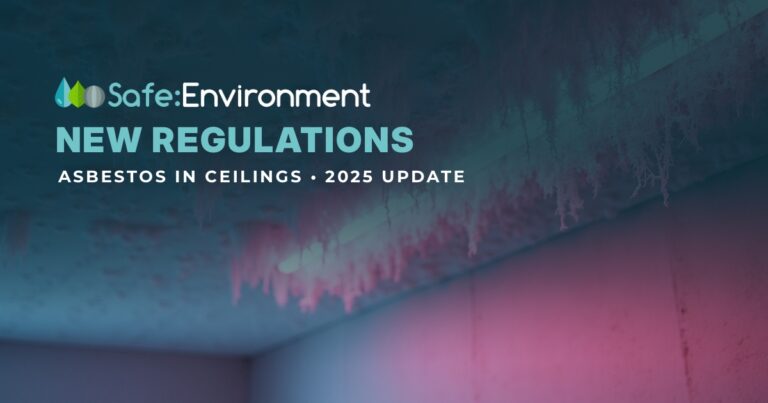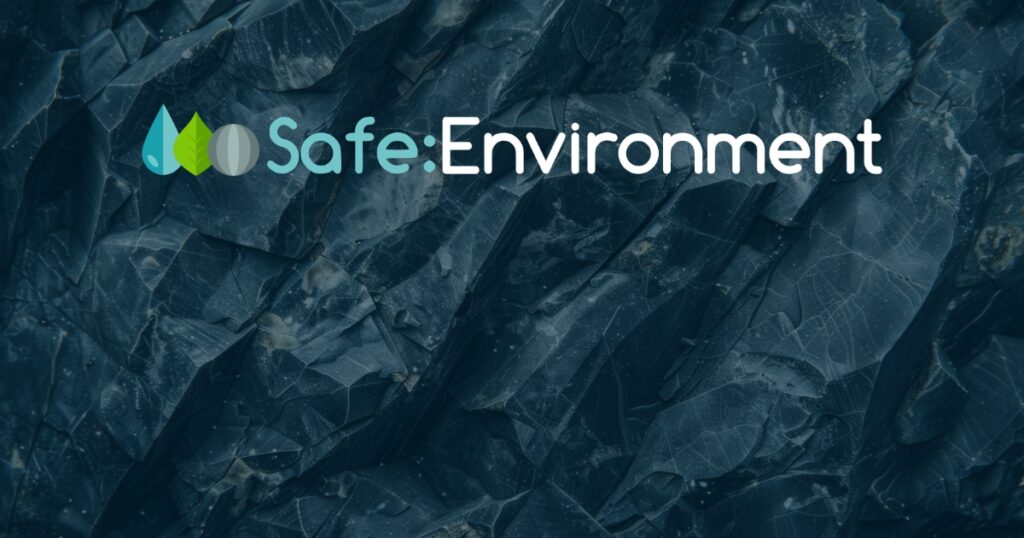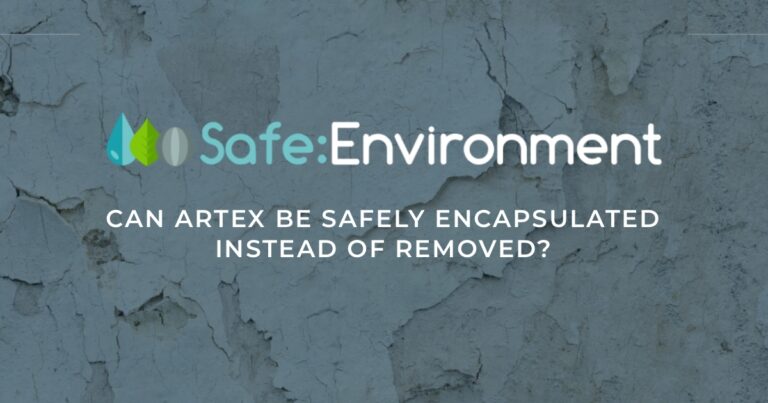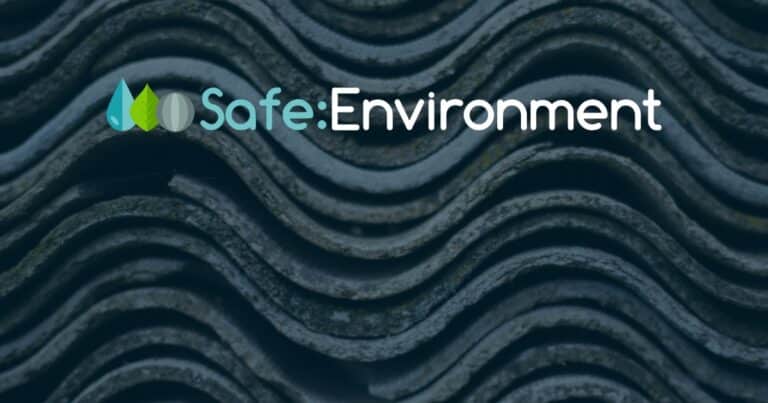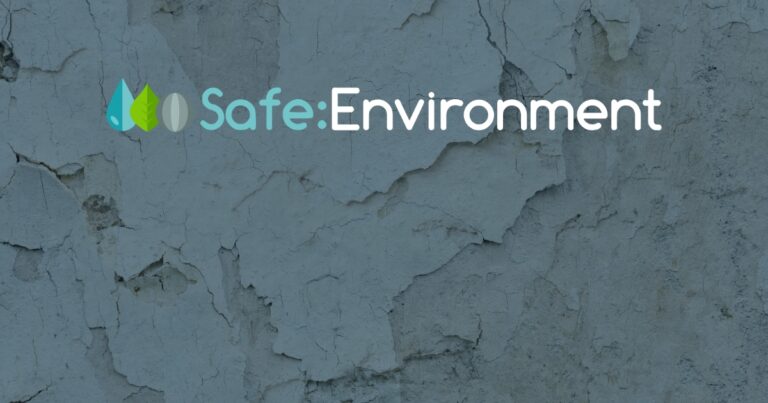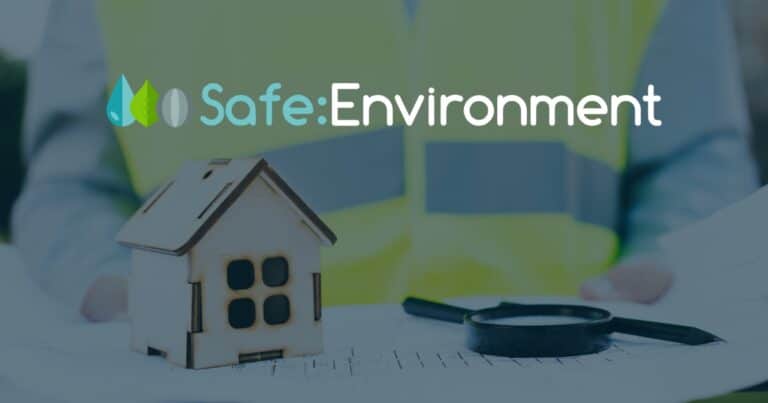Suspecting asbestos in your home or business can be concerning due to the serious health risks associated with asbestos exposure. Asbestos fibres, when disturbed and inhaled, can lead to severe illnesses, including lung cancer, mesothelioma, and asbestosis. Therefore, it is crucial to handle any situation involving potential asbestos with caution and follow the appropriate steps to ensure safety. Here’s what you should do if you suspect asbestos in your home or business.
Do Not Disturb the Suspected Material
The first and most important step is to avoid disturbing the suspected asbestos-containing materials (ACMs). Asbestos is only dangerous when its fibres become airborne, which usually happens when the material is damaged or disturbed. If you notice something that looks like it might contain asbestos, do not touch it, drill into it, cut it, or move it. This includes avoiding any repairs or renovations in the area until you are sure it is safe.
Common places where asbestos might be found include:
- Insulation materials around pipes and boilers
- Ceiling tiles and textured coatings (like Artex)
- Floor tiles and adhesives
- Roofing materials, such as asbestos cement sheets
- Wallboards and cement panels
- Certain types of paints and sealants
Isolate the Area
If you suspect asbestos, it is a good idea to isolate the area to minimize the risk of fibres becoming airborne and spreading throughout your home or business. Close doors and windows to the area, and avoid using fans or air conditioning, which could circulate any potential fibres. You should also keep people, especially children and pets, away from the suspected area until a professional can assess the situation.
Contact a Professional Asbestos Surveyor
If you suspect asbestos in your home or business, the next step is to contact a professional asbestos surveyor to conduct a survey. In the UK, surveyors should be accredited by the United Kingdom Accreditation Service (UKAS) to ensure they are qualified to identify and assess ACMs safely.
The surveyor will visit your property, visually inspect the suspected materials, and take samples if necessary. These samples will be analyzed in a laboratory to determine whether asbestos is present. Depending on the situation, the surveyor may conduct a Management Survey for ongoing occupancy or a Refurbishment and Demolition Survey if you are planning renovation or demolition work.
Follow the Recommendations in the Survey Report
After the asbestos survey, the surveyor will provide a detailed report outlining the findings. If asbestos is found, the report will specify the location, type, and condition of the asbestos materials, along with recommendations for managing or removing them. Here are some common recommendations and actions you might need to take:
- Leave in Place and Manage: If the asbestos-containing materials are in good condition and not likely to be disturbed, the safest option may be to leave them in place and manage them. This involves regular inspections to ensure the materials remain intact and undisturbed. You may also need to implement an asbestos management plan and maintain an asbestos register, especially in commercial properties.
- Encapsulation: In some cases, asbestos materials can be safely encapsulated rather than removed. Encapsulation involves sealing the asbestos materials with a specialized coating to prevent fibres from becoming airborne. This can be a cost-effective and less disruptive option compared to removal.
- Removal: If the asbestos materials are damaged or likely to be disturbed during renovations or maintenance work, removal may be necessary. Asbestos removal must be carried out by a licensed asbestos removal contractor who has the expertise and equipment to remove the materials safely. The removal process will involve sealing off the area, using specialized equipment to prevent fibre release, and disposing of the asbestos waste at a licensed facility.
Do Not Attempt to Remove Asbestos Yourself
While it might be tempting to save money by handling asbestos removal yourself, this is not recommended. Asbestos removal is a highly specialized task that requires specific training, equipment, and safety measures to prevent exposure to hazardous fibres. Improper handling can lead to serious health risks for you and others in the vicinity.
In the UK, certain high-risk asbestos materials, such as asbestos insulation boards (AIB) and sprayed asbestos coatings, must be removed by licensed professionals due to the higher risk of fibre release. Even for lower-risk materials, it is always safer to consult a professional.
Notify Employees or Occupants
If you manage a business or a residential property and suspect asbestos, it is important to notify employees, tenants, or other occupants of the potential risk. Communicate clearly and calmly about the steps being taken to assess and manage the situation, and provide guidance on avoiding the affected area until it is deemed safe.
Comply with Legal Obligations
In the UK, under the Control of Asbestos Regulations 2012, property owners and managers have a legal duty to manage asbestos risk. This includes identifying ACMs, assessing the risk of fiber release, and implementing an asbestos management plan if necessary. Failure to comply with these regulations can result in significant legal penalties and endanger the health of employees, tenants, and visitors.
Plan for Regular Monitoring
Even if the asbestos-containing materials are in good condition and do not require immediate removal, you should plan for regular monitoring to ensure they remain safe. Over time, materials can degrade, and changes in the property or its use may increase the risk of disturbance. Regular inspections by a qualified professional can help identify any changes and ensure ongoing safety.
Conclusion
If you suspect asbestos in your home or business, it is important to act with caution and prioritize safety. Avoid disturbing the materials, isolate the area, and contact a professional asbestos surveyor to assess the situation. Following the recommendations of a professional and complying with legal obligations will help protect the health of everyone on the property and prevent costly mistakes.
For expert advice and professional asbestos survey and removal services, our qualified team is ready to help you manage asbestos risks safely.



